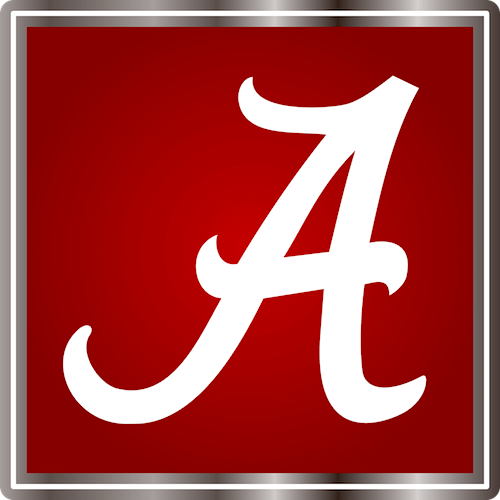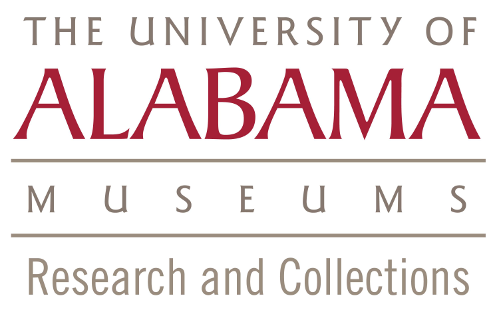Blue-faced Meadowhawk
Sympetrum ambiguum
Rambur, 1842
Order Odonata
Suborder Anisoptera
Superfamily Libelluloidea
Family Libellulidae
Genus Sympetrum
Species ambiguum (Rambur, 1842) [Libellula]
Identification
This is the only predominantly eastern species in the region. It has a white face that is bluish above. The thorax is grayish-brown or olivaceous with lateral sutures outlined by
thin brown stripes. The wings are clear, with only a small spot of flavescence at their extreme bases. The costa is yellow and the pterostigma is brown with yellow around the outer edges. The legs are pale brown but darker at the joints. The abdomen is brown with diffuse black rings apically around segments 4-9 in young males and females. The abdomen turns red in mature males.
Size
Total length: 31-38 mm; abdomen: 22-25 mm; hindwing: 26-28 mm.
Similar Species
The combination of blue on top of the frons along with the pale legs make this species distinct in the region. Yellow-legged Meadowhawk (S. vicinum
) lacks black rings around the abdomen.
Habitat
Partially shaded temporary and permanent ponds, pools, marshes, swamps and sloughs.
Discussion
This species is partial to shaded areas and forest edges. It is typical of the group, as it perches at the tips of twigs, stems and grasses, but it often does so at greater heights than other species. It will sometimes perch with its abdomen raised above the rest of the body in an obelisk position, like many other meadowhawks. Males bring females down low to weeds, stems and other perches and are even occasionally seen mating on the ground. The female lays eggs alone, but is guarded by the male, as she extrudes eggs along the shore or over a dry pond or pool where they remain undeveloped until the pond fills again.
Distribution
Southeastern Canada and eastern U.S. west to Texas.





